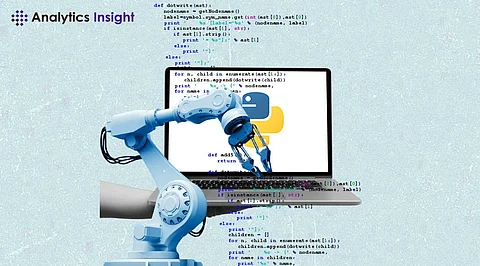

In the rapidly evolving field of network engineering, automation has become an indispensable tool for managing and maintaining complex network infrastructures efficiently. Python offers an extensive set of libraries that empower network engineers to streamline their workflows. This article explores best practices for network automation using Python, emphasizing the rich ecosystem of libraries available.
Python's strength in network automation lies in its libraries. Notable libraries such as NAPALM, Nornir, Ansible and Netmiko provide powerful abstractions for managing network devices. NAPALM facilitates multi-vendor device support, Netmiko streamlines SSH connections, Ansible simplifies configuration management, and Nornir offers a flexible framework for automation.
Introducing OOP principles enhances code organization and structure. With OOP, network engineers can create modular and reusable code, making it adaptable to various network devices and configurations. This promotes maintainability and scalability, key factors in large-scale network automation projects.
Effective error handling is critical for managing unexpected events during program execution. Best practices include using comments for clarity, modularizing code to isolate potential issues, and employing the try-except statement to gracefully handle errors. A robust error handling strategy contributes to the reliability of automated network scripts.
Comprehensive documentation is a cornerstone of successful network automation projects. Well-documented code serves as a guide for both network engineers and developers, ensuring a clear understanding of complex networks. Comments, docstrings, and README files play crucial roles in conveying the purpose, usage, and potential pitfalls of the code.
Embracing DevOps principles enhances the reliability and efficiency of network automation. Continuous Integration/Continuous Delivery (CI/CD) practices ensure seamless deployment and testing. The PyATS framework, designed for automated testing, becomes an invaluable tool for validating network states, configurations, and scripts.
Git, a widely used VCS, facilitates collaboration among geographically dispersed teams. Best practices for version control in Python automation projects include creating meaningful commit messages, maintaining consistent coding styles, organizing code using modules and packages, and leveraging libraries to boost efficiency. Regularly pushing changes and resolving conflicts ensures a smooth collaborative workflow.
Automating your network with Python is a journey that requires a strategic approach and adherence to best practices. Leveraging powerful libraries, embracing OOP principles, implementing robust error handling, documenting code comprehensively, following DevOps practices, and utilizing version control systems are key steps towards building scalable, reliable, and maintainable network automation solutions. By adopting these best practices, network engineers can navigate the complexities of modern network infrastructures with confidence and efficiency.
Join our WhatsApp Channel to get the latest news, exclusives and videos on WhatsApp
_____________
Disclaimer: Analytics Insight does not provide financial advice or guidance. Also note that the cryptocurrencies mentioned/listed on the website could potentially be scams, i.e. designed to induce you to invest financial resources that may be lost forever and not be recoverable once investments are made. You are responsible for conducting your own research (DYOR) before making any investments. Read more here.
